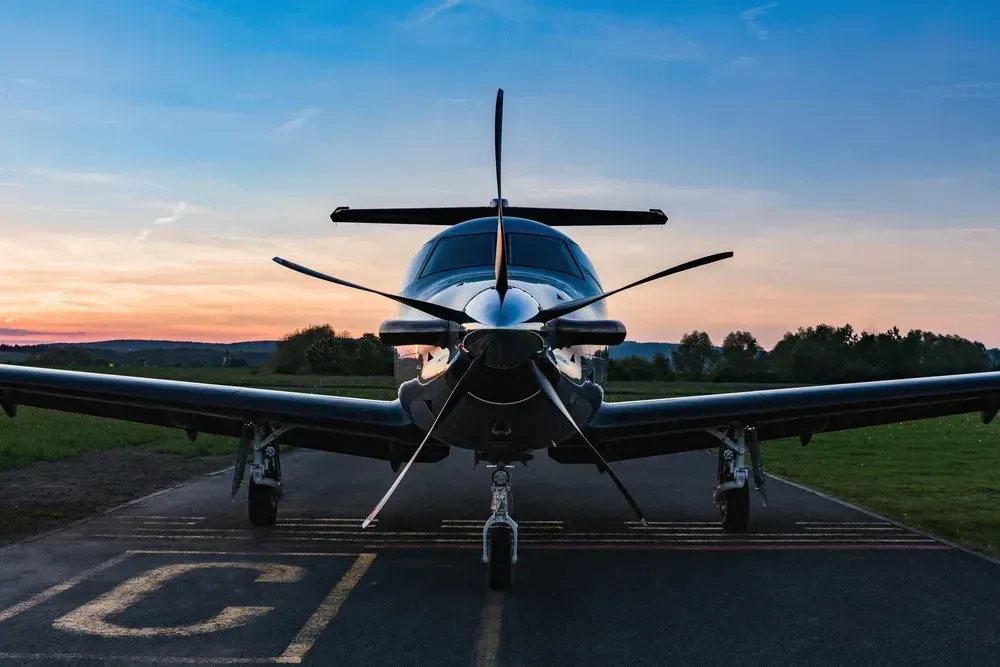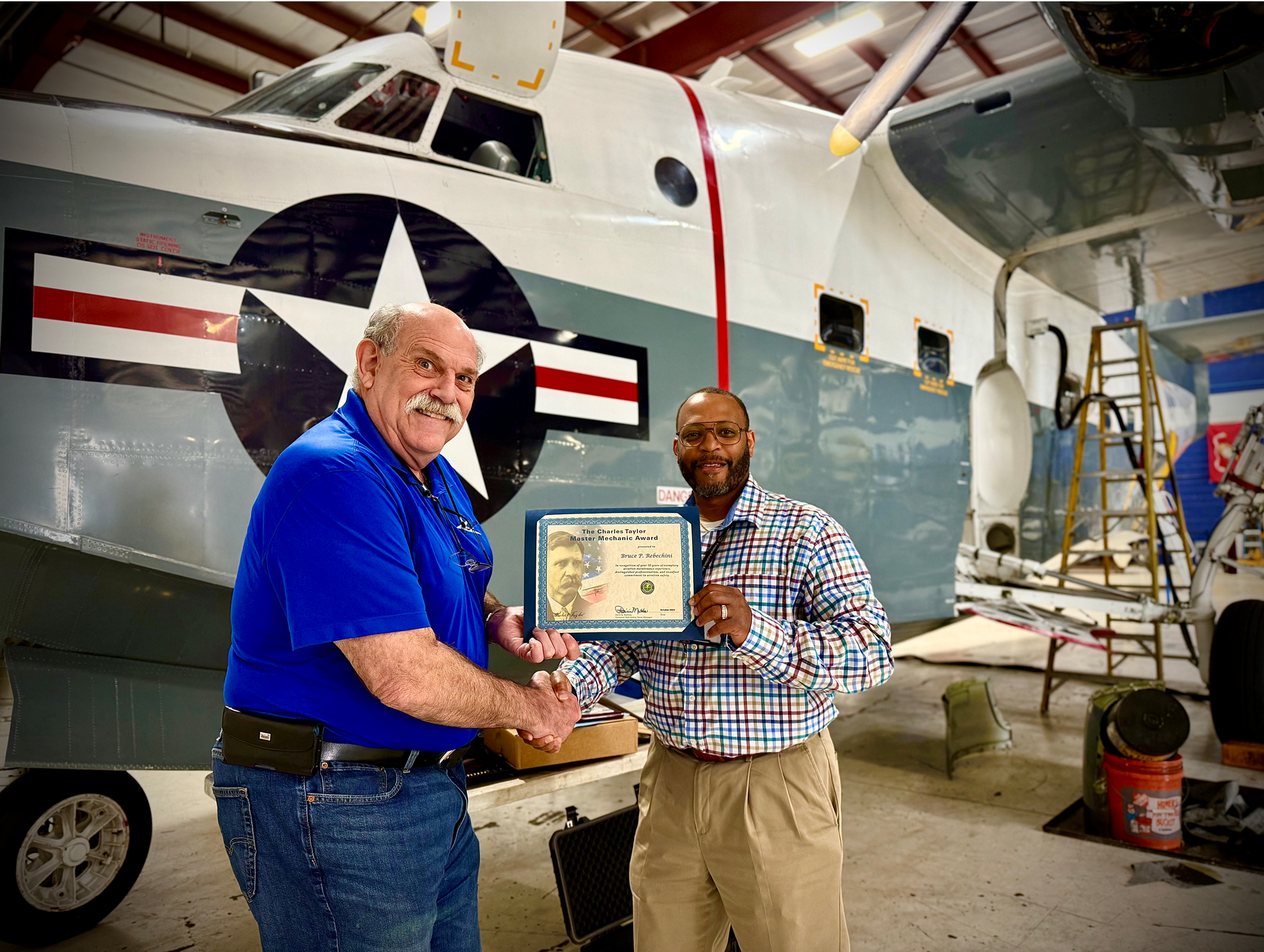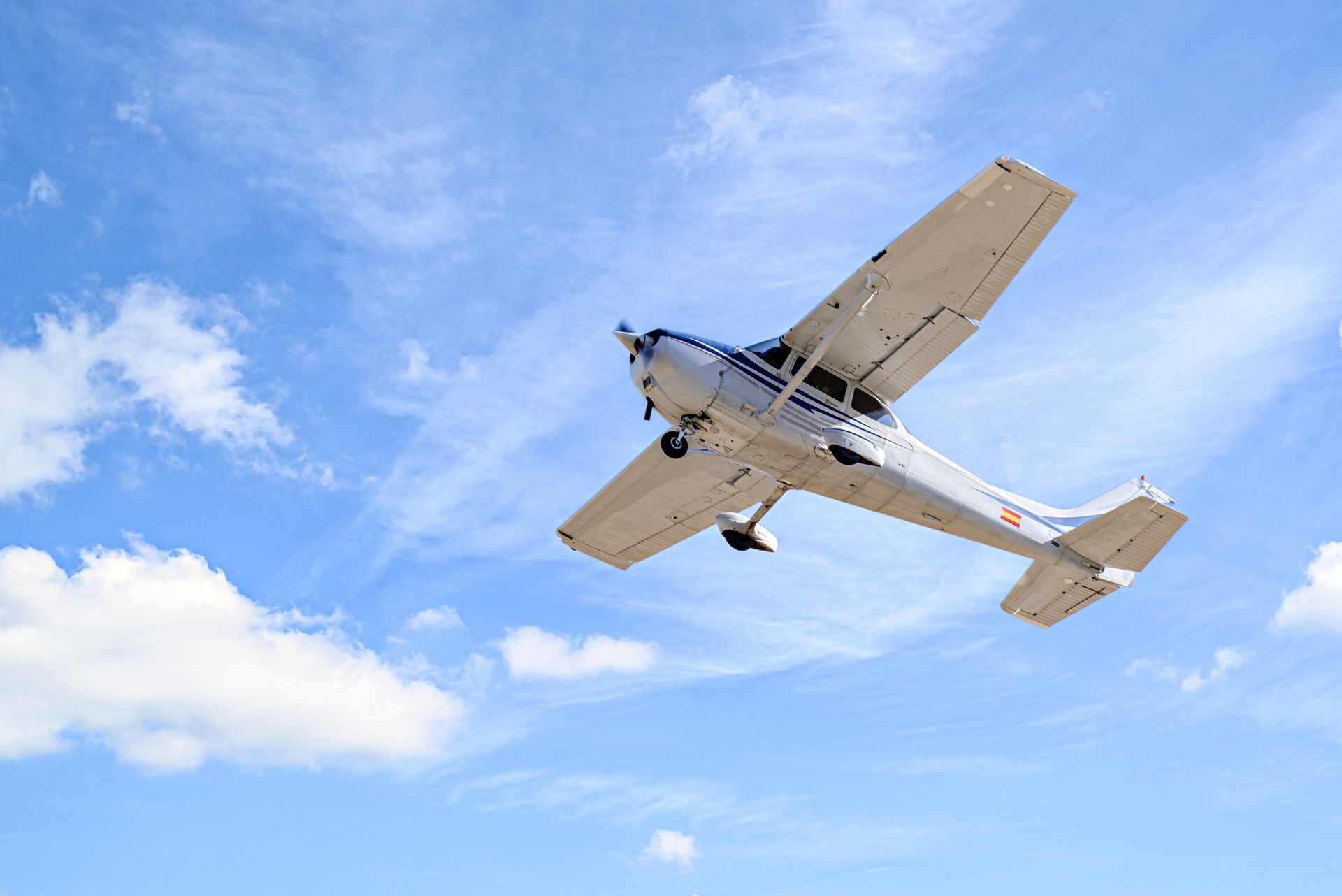Share this Article:

When selecting a light aircraft, you have options – and two of the most popular choices are the jet and the turboprop type of plane. While many think that jets and turboprops are the same, the fact is that some distinct differences separate these two types of aircraft.
In this post, we’ll explain the key difference between jets and turboprops to help you decide what aircraft is right for you. Read on to learn more.
Difference Between Jets & Turboprops
The main difference between jets and turboprops lies in their power sources. Jets are powered by jet engines, which typically are located on each side of the aircraft. These engines operate by compressing air, mixing it with fuel, and igniting the mixture to produce high-speed exhaust gases that propel the jet forward.
In contrast, turboprops use a turbine engine to drive the propellers, which then propel the aircraft. Although both types of engines involve turbines, turboprops are recognized for their efficiency, as they generate power to create thrust through propellers rather than jet exhaust.
How is a Jet Defined?
As we noted in the above section, a jet is an aircraft propelled by jet engines. Depending on the size of the jet, it may be equipped with two or four engines.
Commercial vs Private
Light private jets are smaller and tend to have fewer engines. Commercial jets, conversely, may have up to four engines. The number of jets largely depends on the size of the aircraft. The bigger it is and the more payload it’s designed to carry, the greater the number of engines it’s likely to need to power it.
How is a Turboprop Designed?
Turboprops have turbine engines connected to a gearbox. It’s this gearbox that works to turn the propeller, thereby helping the aircraft move on the runway and then through the air.
Difference in Performance
Beyond just the engine design and performance, there are several other key differences between jets and turboprops. Here’s an overview of some of these differences:
Speed
Jets can fly faster than turboprops because jet engines generate more thrust. Most light aircraft jets can fly at speeds ranging from 480 to 600 knots. In contrast, turboprop aircraft generally have a wider range of speeds and altitudes. For example, the Cessna Caravan, one of the most popular turboprops with over 3,000 built, typically flies at around 180 knots and below 18,000 feet. Another example is the King Air 90, which flies at approximately 230 knots and below 25,000 feet.
While jets are ideal for quickly reaching distant destinations, turboprops offer versatility and efficiency, making them suitable for various utility roles and shorter regional flights.
Range
Jets don’t just fly at faster speeds than turboprops, they can also fly for longer distances. Whether it’s a long cross-country flight or an international adventure, jets tend to have a longer range than turboprops, which are more intended for shorter, regional flights.
Altitude
Jets can fly at higher altitudes, often more than 40,000 feet. Turboprops, conversely, typically fly at lower altitudes – usually anywhere from 25,000 to 35,000 feet. Most turboprops are unable to fly higher than 30,000 feet.
Fuel Efficiency
The fuel efficiency largely depends on the flying purpose. For instance, while turboprops burn less fuel than jets, that doesn’t mean that this type of aircraft is suitable for long-distance flights. Hence, jets are still the more fuel-efficient option for long flights at high altitudes. On the same accord, turboprops are the more fuel-efficient option for shorter flights.
Weight Capacity
Weight capacity largely depends on the type of jet or turboprop you’re flying. Generally speaking, the larger the aircraft, the more payload they’re able to carry. For instance, a Beechcraft King Air 350 jet has a much smaller payload than a Dash 8-Q400. The same can be said with a Gulfstream G280 turbojet versus a larger Embraer E175 aircraft.
Difference in Cost
Generally speaking, you’re likely to see modest cost savings when flying a turbojet over a jet simply because turbojets are more fuel efficient. The purchase or rental cost largely depends on the type of aircraft, the size of the aircraft, the age of the aircraft, and more.
Operational
Operating expenses for turbojets and jets – which consist of crew, maintenance, airport charges, and more – are similar between a turbojet and a jet. However, as we said above, turboprop operating costs are likely to be less than jets due to better fuel efficiency.
Charter
Charter costs generally depend on the distance traveled. Turboprops are the more affordable option for shorter flights, while jets are often the more economical option for long-distance travel. Turboprops also tend to have access to smaller airports because they need less space to take off and land. This can help get you closer to your destination.
Difference in Appearance
It’s fairly easy to tell the difference between a jet and a turboprop – all you need to do is give the aircraft a good look. Jets are equipped with jet engines, usually at least one of which is installed on either wing. These engines resemble tubes and you should be able to see bladed rotors within these tubes. Turboprops are also often installed on the wings. In some cases, these engines may be installed at the front of the aircraft. But rather than have visible bladed rotors, they feature a propeller.
Safety Features
Both jets and turboprops are known for their safety, but there are a few considerations to keep in mind:
- Turboprops offer a more balanced field, which makes them easier to stop and land.
- Turboprops fly at slower speeds than jets, giving pilots more reaction time in the event of an emergency.
Advantages of Jet vs Turboprop
JetTurbopropSpeedFast speeds, 480-600 knotsSlower speeds, 270-360 knotsRangeIdeal for long-distance flightsIdeal for regional flightsTake off/LandingNeeds long runways, must land at larger airportsCan take off/land on short runways, can use smaller airportsFuel efficiencyLess fuel efficient than turboprops, but still economical for long flightsMore fuel efficient than jets, especially for regional travelAltitudeCan fly ~40,000 feetOften tops out at ~30,000 feet.
Purchase Your Aircraft Today
For more information on the key differences and similarities between jets and turboprops, and to purchase your own aircraft, contact J.A. Air Center today.




